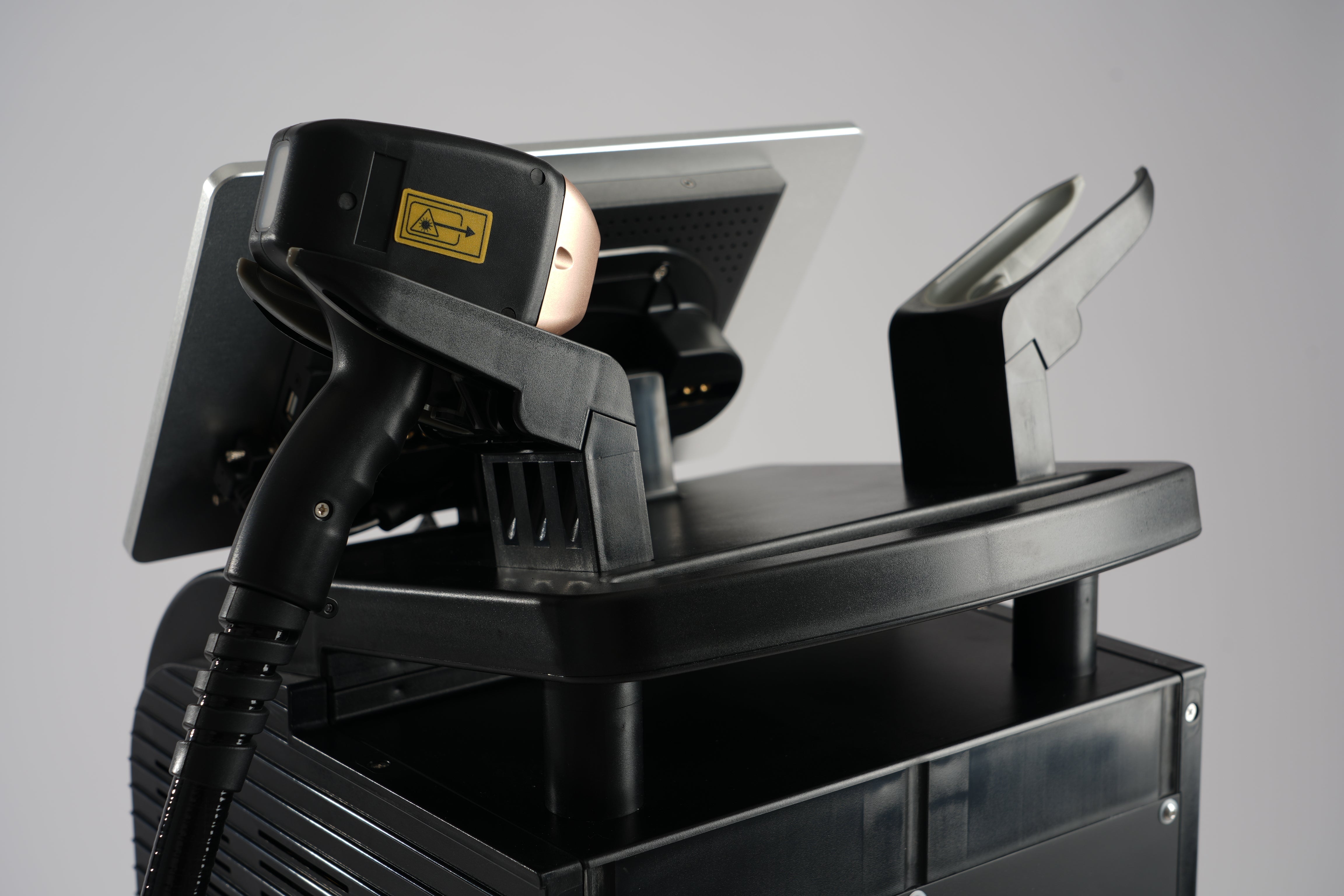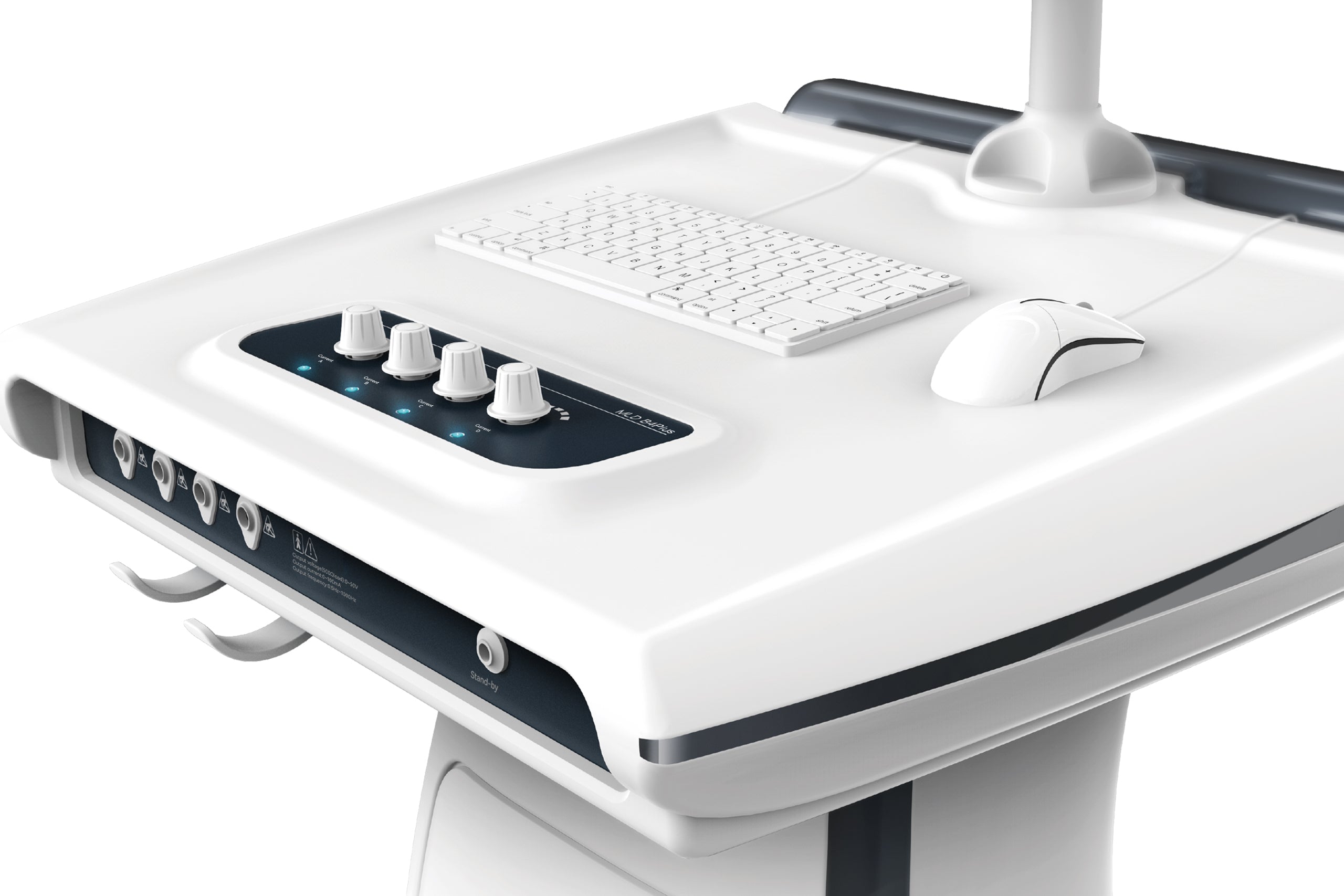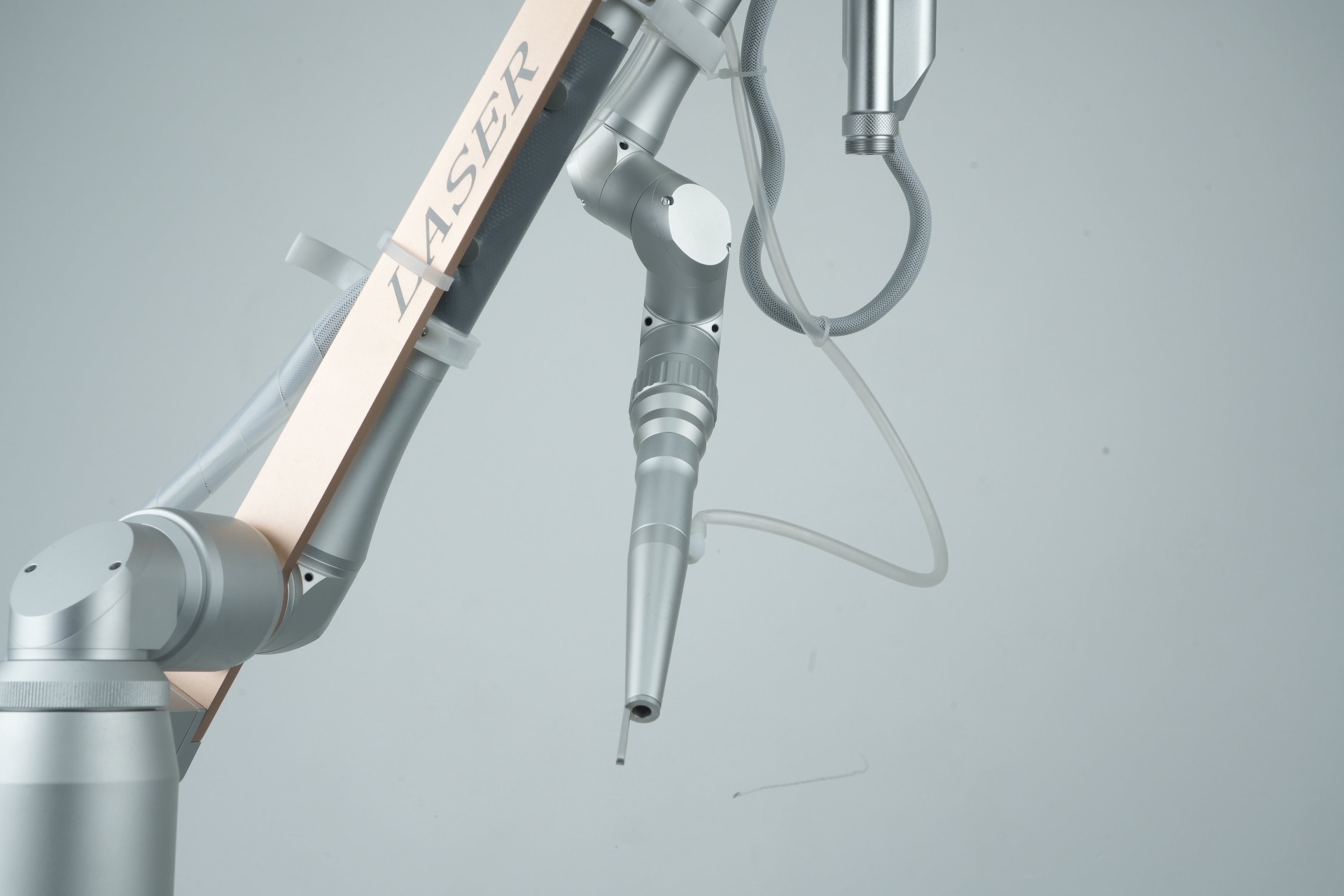Laser diode DioLaz : Épilation au laser diode 810nm certifié MDL au Canada
Le laser diode DioLaz certifié par Santé Canada offre une technologie triple longueur d'onde 755/808/1064nm pour une épilation sûre sur tous les phototypes Fitzpatrick I-VI.
Le système de rééducation du plancher pelvien B4PLUS certifié par Santé Canada traite l'incontinence urinaire, la récupération post-partum et le diastasis recti avec une capacité à double patient pour les cliniques.
Laser CO₂ fractionné DioLaz certifié par Santé Canada traite les rides, les cicatrices d'acné et la pigmentation avec 5 à 7 jours de récupération. Système 40W homologué MDL pour les cliniques canadiennes.
Advancing Urinary Incontinence Treatment with Pelvic Floor Rehabilitation Technology
By strengthening and retraining the pelvic floor muscles, many women can significantly reduce or even eliminate incontinence without surgery.
Door Interlocking and Class IV Safety: A Deep Dive into Laser Room Standards
A door interlock is a safety mechanism that links the laser’s emission to the door status. If someone opens the door while the laser is armed or firing, the interlock will either shut off the laser or prevent it from firing.
The Role of Cooling Systems in Skin Safety During Laser Treatments
During treatment, laser energy heats not only the hair follicle but also the surrounding skin, especially the epidermis. Without protection, this can lead to pain, burns, or pigment changes.
Empowering Pelvic Physiotherapists with EMG Biofeedback and Stimulation
MedLander B4Plus EMG biofeedback and electrical stimulation devices provide the best care for women suffering from issues like incontinence, pelvic pain, or postpartum muscle weakness.
Treating Acne Scars with Fractional CO₂: What Clinicians Should Know
Le resurfaçage au laser fractionné CO₂ est devenu une thérapie de référence pour les cicatrices d'acné atrophiques, offrant une amélioration significative de la texture de la peau.
Understanding Fitzpatrick Skin Types and Laser Energy Settings
Le type de peau Fitzpatrick est une classification (types I à VI) basée sur la réaction de la peau à l'exposition au soleil. Chaque type supérieur correspond à une teneur initiale en mélanine plus élevée.









